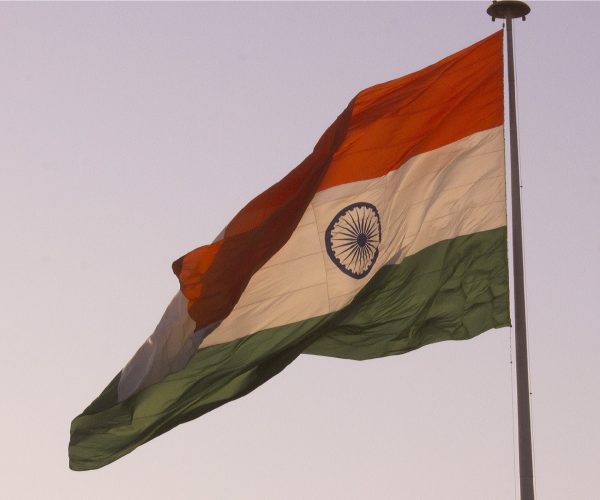MERCADO
Proteção de culturas é chave para a duplicação da renda dos produtores indianos

Crop protection solutions are expected to play a prominent role in achieving higher yields in India, where farmers continue to grapple with challenges like high monsoon dependency, unpredictable weather patterns, reduction in arable land, low per-hectare yield, and increased pest attacks, says a new report by FICCI and advisory firm Tata Strategic Management Group.
According to the report, ‘Doubling Farmers’ Income: Role of Crop Protection Chemicals & Solutions,’ even though India has doubled its per-hectare yield in the past decades, it continues to be lower than peer economies. The country’s farmers face challenges like lack of irrigation facilities, depleting water table levels, fragmentation of land, and lack of scientific knowledge in farming.
However, one of the gravest problems faced by Indian farmers is low income levels, the report says.
“The yearly average income earned by an Indian farmer is close to $1,800 compared to USA’s $119,880, UK’s $50,365 and Japan’s $5,000. There are several factors that have dented the farmer’s income which includes small land holdings (over 65% of farm households have less than one hectare of land), lack of availability of irrigation facilities and over dependence on monsoon, low consumption of pesticides and scanty crop yield. Farmers lose a significant part of their income as their crop and produce are attacked by pests and weeds.
“Approximately 25% of the global crop output is lost due to attacks by pests, weeds and diseases, and thus agrichemicals have an increasing role to play in enhancing crop productivity,” the report states.
India’s per-hectare consumption of pesticides is significantly lower than countries with high yield. The per-hectare consumption in India is 0.6 kg, compared to China’s 17 kg, Japan’s 12.5 kg, Germany’s 3.7 kg, France’s 3.7 kg, and UK’s 2.8 kg. Therefore, crops get affected by pests at various stages in the farming value chain including pre-harvest and during harvest. As productivity is directly hampered due to pests and weeds, it affects the income levels of farmers.
One recent example is the large-scale whitefly infestation of Bt cotton crop in North India last year. Due to this, cotton area in Punjab and Haryana has declined by 27% to 7.56 lakh hectares in the FY17 crop year, as farmers shifted to other crops after incurring huge losses owing to the whitefly pest attack.
Another issue is protecting the harvest in transport: On average, 25% of yield is destroyed during storage and transportation.
“Crop protection solutions play a vital role in two ways: protecting the crop and produce from pests and increasing the farm productivity. When judiciously applied, the damage of the crop is reduced and the output increases which directly impact the income generate per hectare. Hence, the crop protection industry will play a principal part in government’s aspiration to double farmer’s income by 2022,” the report says.
The Indian agrichemical industry is valued at $2.2 billion in FY16, having grown at a CAGR of around 3.5% from FY13 to FY16. It is further estimated to grow at a CAGR of 6.4% to reach $3.2 billion by FY22. Export market is expected to grow at 8.6%.
India is the fourth-largest producer of agrichemicals after the United States, Japan and China. Crop protection chemicals also play a crucial role in India’s exports generating a value of more than $2 billion. It is the 13th-largest exporter of pesticides globally.
Insecticides dominate the Indian crop protection market and form almost 55% of the domestic crop protection chemicals market at around $2.3 billion. The major applications of pesticides in India are found in rice and cotton.
Herbicides are, however, emerging as the fastest-growing agrichemical segment.
“The growth in exports of herbicides has been remarkable with an increase of 31% in FY16 over FY14 and that of fungicides at 18% from FY14 to FY16,” the report says.
Agribusiness, 19/07/2018
Fonte Imagem: Reprodução




